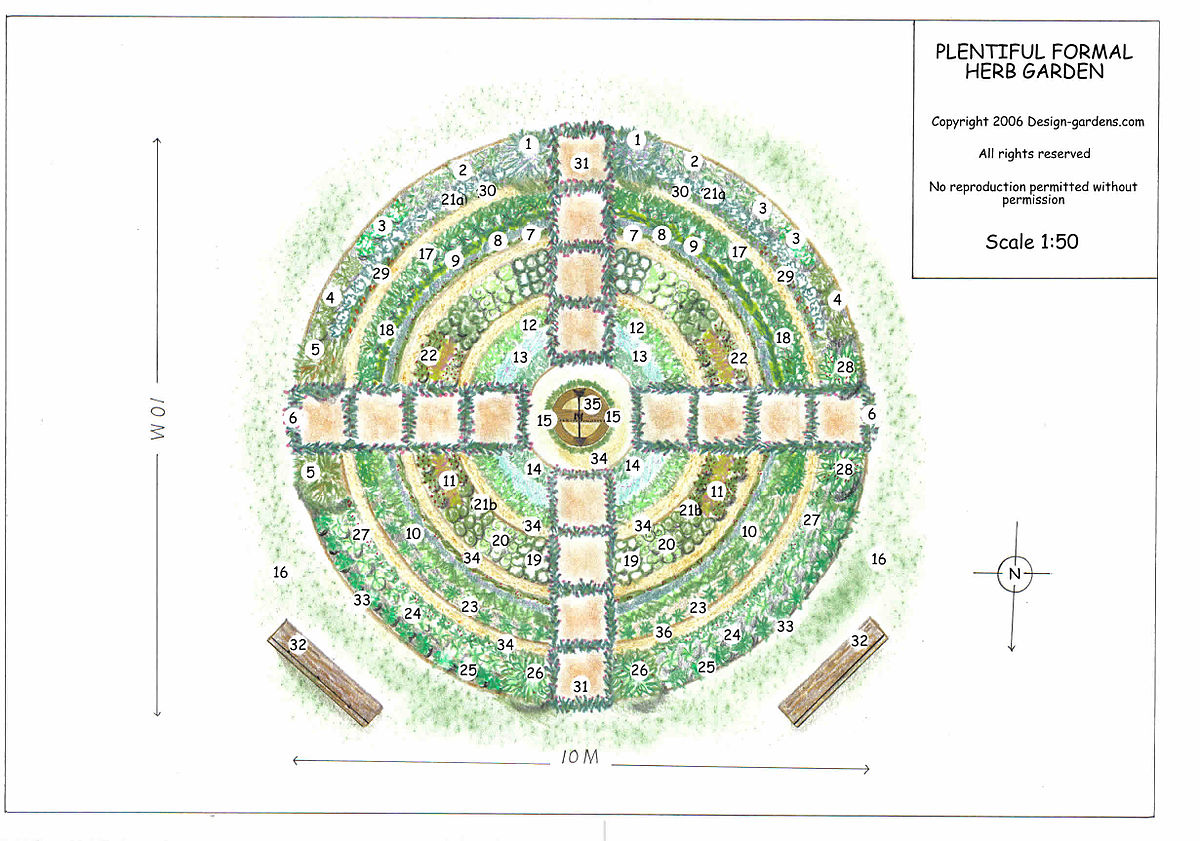Food Forest Design
Food forest design as a holistic approach to agriculture
Food forest design is a regenerative and sustainable approach to agriculture that mimics the natural diversity and abundance of a forest ecosystem. Instead of monoculture crops, food forests are comprised of a variety of perennial fruit and nut trees, shrubs, berries, vines, and edible perennials that work together to create a self-sustaining and productive ecosystem.
Food forests can be designed for both real agricultural use and private gardens. Here are some specific design ideas for both:
Agricultural Food Forest Design:
- Species selection: Choose a diverse range of plants that are well adapted to the local climate and soil conditions. Consider their growth patterns, productivity, and pest and disease resistance.
- Layering: Design the food forest in layers, including a canopy layer, an understory layer, and a ground layer. This will mimic the natural structure of a forest and allow for maximum use of light and space.

- Mulching: Use organic mulch to retain moisture, regulate soil temperature, and suppress weeds. This will also help to build soil fertility over time.
- Irrigation: Plan for adequate irrigation to ensure that the food forest has enough water during dry periods. Consider using rainwater harvesting or other water-saving techniques.
- Pest management: Incorporate a variety of plants that repel pests and provide habitat for beneficial insects and birds. Avoid using chemicals as much as possible.
Private Garden Food Forest Design:
- Space utilization: Make the most of the available space by selecting plants that are well suited to the size and shape of the garden.
- Diversity: Choose a diverse range of plants, including fruit and nut trees, shrubs, berries, vines, and edible perennials. This will ensure a continuous supply of food throughout the year.
- Companion planting: Use companion planting to create mutually beneficial relationships between plants. For example, planting nitrogen-fixing plants such as clover or beans near fruit trees will help to improve soil fertility.
- Pathways: Create pathways through the food forest to allow for easy access to the plants for harvesting and maintenance.
- Edible landscaping: Incorporate edible plants into the overall landscaping design, rather than isolating them in a separate area. This will create a more integrated and aesthetically pleasing food forest.
Some famous food forest designers include Eric Toensmeier, author of “The Forest Garden Greenhouse” and “Perennial Vegetables”, and Dave Jacke, co-author of “Edible Forest Gardens”. Both of these designers have extensive experience in designing and implementing food forests, and their work has inspired many others to embrace this sustainable and regenerative approach to agriculture.
In conclusion, food forest design is a holistic approach to agriculture that mimics the natural abundance and diversity of a forest ecosystem. Whether you are designing an agricultural food forest or a private garden food forest, the principles are the same: choose a diverse range of plants, create a layered structure, use mulch, plan for irrigation, and consider pest management. With careful planning and design, a food forest can provide a sustainable and productive source of food for years to come.
Let’s talk about your project!
Our development team will be happy to get designing with you.
We asses your land, the future potential of perennial crops, etc.
Just contact us and we will see, if we can help.

More resources
Contact Us
ESSWALD
Supai-Ventures S.R.L.
Santa Maria del Cami
07320 Mallorca
Islas Baleares, SPAIN
(+34) 625 239 394
hello@esswald.com
